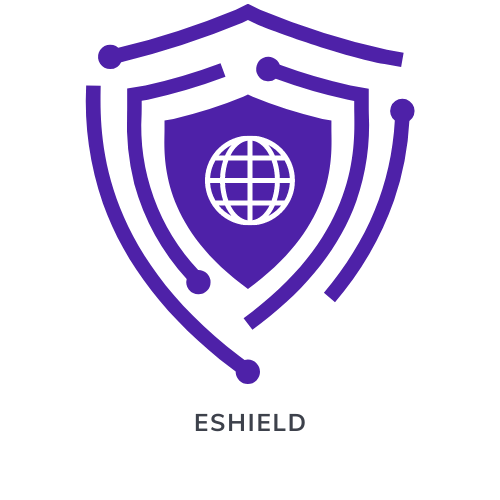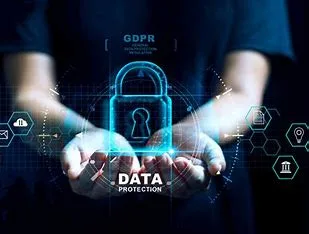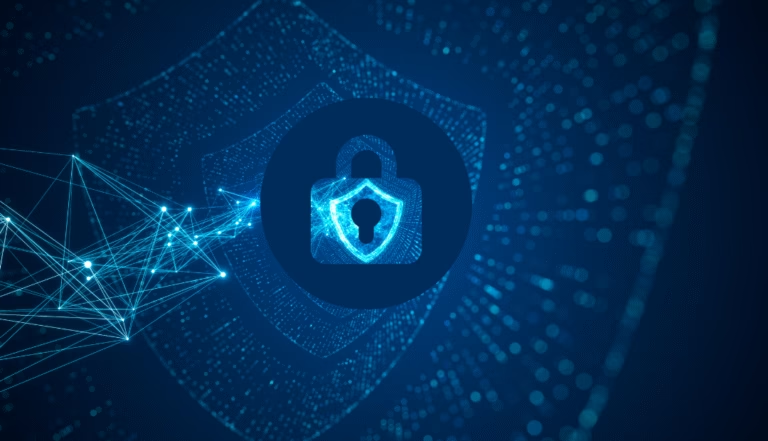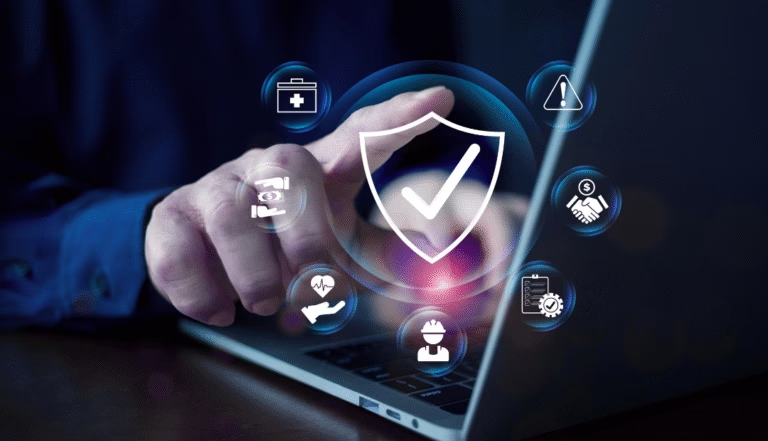
What is Data Privacy Management Software and Why is it Important?
Data privacy management software is a type of technology that helps organizations manage and protect the privacy of their data. This software typically includes features such as data classification, access controls, encryption, monitoring, and compliance reporting to ensure that sensitive data is handled in a secure and compliant manner.
Data privacy management software is important for several reasons. First and foremost, it helps organizations comply with data protection regulations such as the General Data Protection Regulation (GDPR) and the California Consumer Privacy Act (CCPA). By implementing data privacy management software, organizations can ensure that they are handling personal data in a compliant manner and avoid costly fines and penalties for non-compliance.
Additionally, data privacy management software helps organizations protect their sensitive data from unauthorized access and data breaches. By implementing access controls, encryption, and monitoring tools, organizations can reduce the risk of data breaches and protect their reputation and customer trust.
Key Features and Benefits of Privacy Management Software
1. Data Protection:
Privacy management software helps organizations comply with data protection regulations by providing tools for data encryption, access controls, and data anonymization.
2. Compliance Management:
The software tracks and ensures compliance with data protection laws such as GDPR, HIPAA, and CCPA, helping organizations avoid costly fines and penalties.
3. Data Mapping:
Privacy management software helps organizations understand where sensitive data is stored, who has access to it, and how it is being used, allowing for better data governance.
4. Consent Management:
The software helps organizations manage user consent for data processing, allowing them to collect, store, and track consent preferences in a centralized system.
5. Incident Response:
Privacy management software provides tools for responding quickly to data breaches and other security incidents, helping organizations minimize the impact on their reputation and bottom line.
6. Privacy Impact Assessments:
The software helps organizations conduct privacy impact assessments to identify and mitigate privacy risks associated with new projects, products, or processes.
7. Reporting and Auditing:
Privacy management software generates reports and audit trails to track data access and usage, facilitating compliance audits and demonstrating accountability to regulators.
8. Vendor Management:
The software helps organizations assess and monitor third-party vendors for compliance with data protection regulations, reducing the risk of data breaches and privacy violations.
9. Training and Awareness:
Privacy management software offers training modules and awareness campaigns to educate employees on data privacy best practices, reducing the likelihood of human error leading to data breaches.
10. Centralized Dashboard:
The software provides a centralized dashboard for managing all aspects of data privacy, allowing organizations to easily track and monitor their privacy program and make informed decisions to protect sensitive information.
How to Choose the Best Data Privacy Management Software
1. Consider your specific needs:
Before selecting a data privacy management software, identify your organization’s requirements such as compliance with data protection regulations, managing data access controls, monitoring data usage, conducting risk assessments, etc.
2. Research the available options:
There are many data privacy management software solutions in the market, so research and compare different products to find the one that best fits your needs. Consider factors such as features, pricing, customer reviews, and compatibility with your existing systems.
3. Check for compliance with regulations:
Ensure that the software you choose is compliant with regulations such as GDPR, HIPAA, CCPA, etc. This will help you avoid legal issues and ensure that your data is protected according to industry standards.
4. Look for user-friendly interfaces:
Choose a software that is easy to use and understand, as this will help employees quickly adapt to the new system and reduce the risk of errors in data management.
5. Consider integration capabilities:
Ensure that the software can integrate with your existing systems and workflows to streamline data management processes and improve efficiency.
6. Look for security features:
Data privacy management software should have robust security measures in place to protect sensitive information from cyber threats and unauthorized access. Look for features such as encryption, access controls, and audit logs.
7. Evaluate customer support:
Choose a software vendor that offers reliable customer support to assist you with any technical issues or questions that may arise during implementation and use of the software.
8. Consider scalability:
Choose a data privacy management software that can grow with your organization and accommodate increasing data management needs as your business expands.
Implementing Data Privacy Tools for Efficient Data Management
Data privacy tools are essential for businesses to protect their data and ensure compliance with regulations such as GDPR and CCPA. Implementing data privacy tools can help organizations manage their data more efficiently and securely. Here are some steps you can take to implement data privacy tools for efficient data management:
1. Identify the types of data you collect and store:
Start by assessing the types of data your organization collects and stores. This could include personally identifiable information (PII), financial information, health records, or other sensitive data. Understanding the types of data you have will help you determine the appropriate data privacy tools to implement.
2. Conduct a data privacy impact assessment:
Conduct a thorough assessment of the risks associated with your data collection and storage practices. Identify potential vulnerabilities and compliance gaps that need to be addressed. This will help you prioritize the implementation of data privacy tools.
3. Implement encryption and tokenization:
Encryption and tokenization are essential tools for protecting sensitive data. Implement encryption to secure data both at rest and in transit, and use tokenization to replace sensitive data with non-sensitive tokens, reducing the risk of data exposure.
4. Implement access controls:
Implement access controls to ensure that only authorized users have access to sensitive data. Use role-based access controls to limit access to data based on users’ roles and responsibilities within the organization.
5. Monitor and audit data access:
Implement tools for monitoring and auditing data access to track who is accessing sensitive data and when. This will help you detect any unauthorized access or data breaches and take appropriate action to mitigate risks.
6. Implement data masking and anonymization:
Implement data masking and anonymization techniques to protect sensitive data when sharing it with third parties or for testing and development purposes. This will help you comply with regulations that require the protection of personally identifiable information.
7. Conduct regular data privacy training:
Educate employees on data privacy best practices and the use of data privacy tools. Conduct regular training sessions to ensure that employees understand their responsibilities in protecting sensitive data and are aware of the tools available to help them do so.
Ensuring Data Security and Compliance with Privacy Governance
Data security and compliance with privacy governance are essential for organizations to protect sensitive information and meet regulatory requirements. Here are some steps to ensure data security and compliance with privacy governance:
1. Implement a robust data security strategy:
Develop a comprehensive data security strategy that includes measures such as encryption, access controls, data backup and recovery, and network security. Regularly review and update this strategy to address emerging threats and vulnerabilities.
2. Conduct regular risk assessments:
Regularly assess the security risks to your data and systems, including vulnerabilities, threats, and potential impacts. Use the results of these assessments to prioritize security measures and allocate resources effectively.
3. Implement data protection measures:
Implement data protection measures such as data encryption, access controls, and secure data transmission protocols to protect sensitive information from unauthorized access or disclosure.
4. Train employees on data security best practices:
Provide employees with training on data security best practices, including how to handle sensitive information, recognize phishing attacks, and report security incidents. Make data security awareness a part of your organization’s culture.
5. Monitor and audit data access:
Monitor and audit data access and usage to detect any unauthorized or suspicious activity. Implement tools and processes for tracking access to sensitive data and maintaining audit logs for compliance purposes.
6. Stay informed about privacy regulations:
Stay informed about privacy regulations that apply to your organization, such as the General Data Protection Regulation (GDPR) or the California Consumer Privacy Act (CCPA). Ensure that your data security practices align with these regulations to avoid penalties and legal consequences.
7. Conduct regular compliance assessments:
Conduct regular compliance assessments to ensure that your data security practices align with privacy regulations and industry standards. Address any gaps or deficiencies identified during these assessments promptly.
8. Engage with external experts:
Consider engaging with external experts, such as cybersecurity consultants or legal advisors, to help assess your data security practices, identify compliance risks, and develop mitigation strategies.
Our Services

eShield IT Services is dedicated to providing data privacy and security services to our clients. We understand the importance of protecting sensitive information and ensuring that all data is secure from cyber threats. Our team of experts utilizes the latest technology and industry best practices to safeguard your data and provide peace of mind. From encryption and firewall protection to regular security audits and monitoring, eShield IT Services has you covered. Trust us to keep your data safe and secure.
